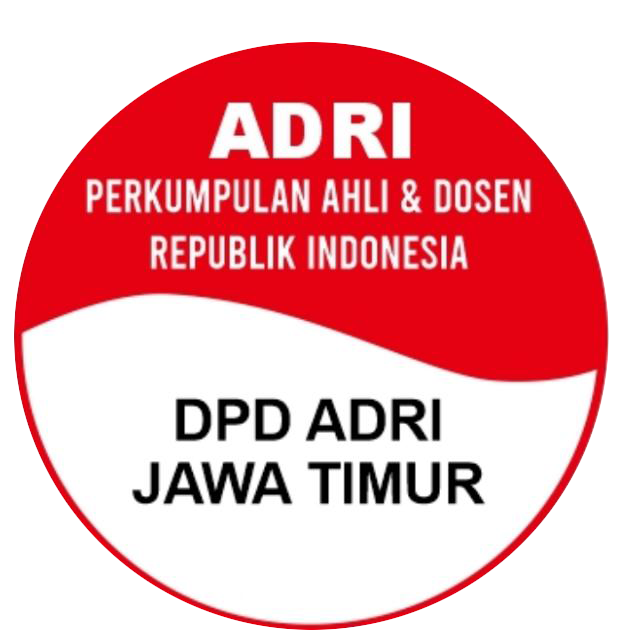Legal Certainty in the Granting of Land Rights to Indigenous Law Communities in Coastal Areas
DOI:
https://doi.org/10.55173/yurisdiksi.v21i2.311Keywords:
Customary Law Communities, Coastal Areas, Legal Certainty, Land Rights, Ius ConstituendumAbstract
The Indonesian Constitution, through Article 18B paragraph (2), Article 28I paragraph (3), and Article 33 paragraph (3) of the 1945 Constitution of the Republic of Indonesia, expressly mandates the recognition and respect of indigenous legal communities (MHA) and their traditional rights, and places natural resources under the control of the state for the greatest prosperity of the people. However, current positive legal practices show inconsistencies, particularly in the provisions of Article 22 of the Coastal Areas and Small Islands Law, which has been amended through the Job Creation Law with Article 138 paragraph (4) of Government Regulation Number 21 of 2021. This inconsistency has an impact on legal uncertainty in MHA management areas, the potential for criminalization of coastal indigenous communities, conflicts of authority between ministries, and the neglect of the principle of legal pluralism guaranteed by the constitution. This research uses a normative juridical method with a statutory and conceptual regulatory approach, supported by primary, secondary, and tertiary legal materials that are analyzed prescriptively through systematic and teleological interpretation. The research findings indicate that an ideal formulation of ius constituendum is needed through a paradigm shift in natural resource management from state-based to community-based, automatic recognition of indigenous peoples' (MHA) management areas, legal certainty in the RTRW (Regional Spatial Plan), preventive and repressive legal protection, and the establishment of customary territory management institutions. These regulations are crucial for realizing a national legal system that guarantees legal certainty, substantive justice, social benefits, and the sustainability of coastal ecosystems.
References
Ali, A. (2010). Uncovering Legal Theory and Judicial Prudence, Including Legisprudence, Volume I: Initial Understanding. Kencana Prenada Media Group, Jakarta.
Apeldoorn, L. Van. (2006). The Morality of the Legal Profession: A Framework for Thinking. Bandung: PT Revika Aditama.
Arisaputra, M. I., & Sh, M. K. (2021). Agrarian Reform in Indonesia. Sinar Grafika (Bumi Aksara).
Astriani, N., Nurlinda, I., Imami, A. A. D., & Asdak, C. (2020). Water Resources Management Based on Traditional Wisdom: An Environmental Law Perspective. Arena Hukum, 13(2), 197–217.
Bonorino, P. R. (1999). Scalia Antonin, Matter of Interpretation. Federal Courts and the Law, 1997. Droit et Société, 41(1), 212–215.
Efendi, D. O. S. D. A., & Susanti, D. O. (2015). Legal Research. Jakarta: Sinar Grafika.
Erwiningsih, W. (2009). The State's Right to Control Land. Islamic University of Indonesia.
Harsono, B. (2007). Indonesian Agrarian Law: The History of the Formation of the Basic Agrarian Law, Its Content, and Its Implementation. (No Title).
Mertokusumo, M. S., & Pitlo, A. (1993). Chapters on Legal Discovery. Citra Aditya Bakti.
Muhammad, B. (1976). Principles of Customary Law: An Introduction. (No Title).
Nugroho, H. (2001). Challenging State Power. Muhammadiyah University Press, Muhammadiyah University of Surakarta.
Syafaat, R. (2023). The relationship between the state and indigenous peoples: The struggle for power over natural resource management rights. Media Intelligence.
Van Vollenhoven, C., & Soewargono, R. (1975). Indonesians and their land. Education Center, Department of Home Affairs.
Downloads
Published
Issue
Section
License
Copyright (c) 2025 Rizky Alif Akbar, I Nyoman Nurjaya, Mohammad Hamidi Masykur

This work is licensed under a Creative Commons Attribution-ShareAlike 4.0 International License.












